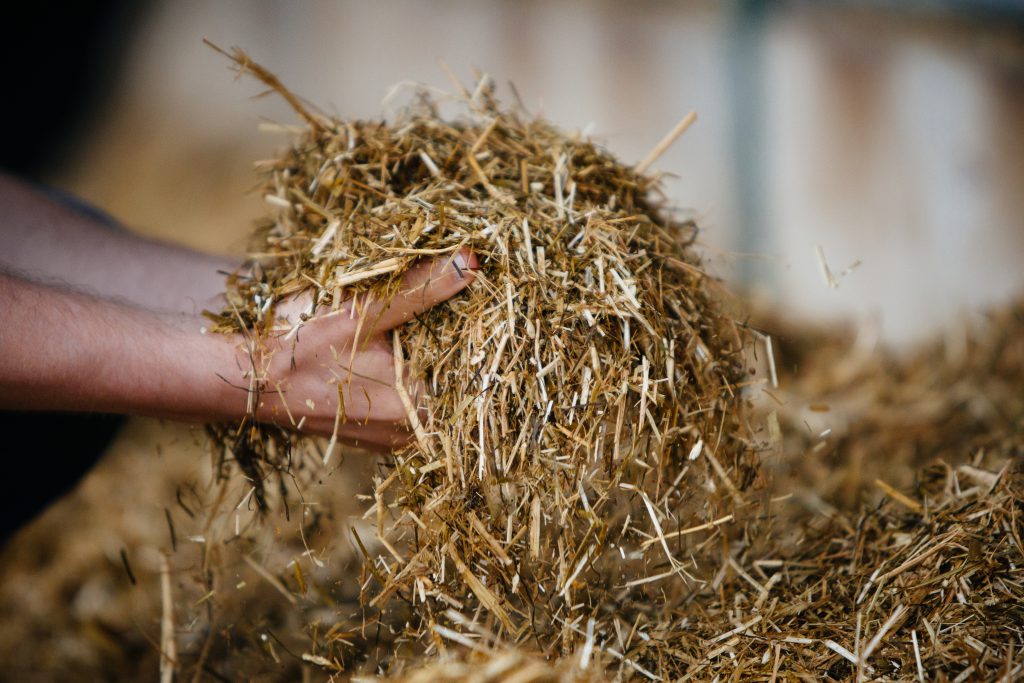By Seamus Callanan, InTouch feeding specialist
There is a specific period for the dry cow called the transition period; three weeks pre-calving and three weeks post-calving.
This is where up to 80% of all metabolic issues occur, and with the expansion of dairy farms since the end of quotas in 2015, as a dairy farmer, you simply cannot afford any major issues at calving.
Farmers will not have the time, staff availability or daylight hours to effectively look after an animal. The use of a suitable and targeted dry cow management programme has the most significant influence on this period of a cow’s life.
A dry cow will typically consume over 2% of their bodyweight, in dry matter (DM), daily. What you feed this cow during the dry period will have a significant impact on body condition.
Other major considerations you must measure are the current body condition and silage quality. A dry cow, offered ab libitum grass silage, will eat approximately 55kg.
Even at low dry matter digestibility (DMD), this will add condition on a dry cow, and cows that are currently in ideal condition will be over-conditioned at calving.
A diet that is now commonly seen on farms, in Ireland and abroad, is a Controlled Energy High Fibre (CEHF) diet. This program involves drying off the cow at the ideal body condition (3–3.25), only giving a maintenance diet for the full dry period.
Other benefits of this diet/program include:
- Savings of up to 60% of grass silage;
- Reducing overall dry cow diet costs compared to ad libitum grass silage;
- Dilution of high potassium (K) silages linked to metabolic issues;
- Keeping animals fit and not fat at calving with high-fibre content;
- Reducing overall metabolic issues at calving;
- Driving intake and reducing negative energy balance post-calving.
The table below outlines the two diets.

*1kg concentrate for final three weeks. **silage €35/t fresh; straw €120/t; minerals €1,400/t; concentrates €270/t (conventional); concentrates €290/t (CEHF).
So, not only is this a targeted approach to feeding dry cows, but it is also more cost-effective, saving €0.24/cow/day.
It should also result in less than 3% of metabolic issues on-farm. The stress relief on farmers is quite satisfying to see first-hand on-farm.
Working as an Intouch feed specialist, I use this programme on many farms and see its success in-person. A prime example is the farm of Gerry, Conor and Owen Galvin from Listowel, Co. Kerry.
They milk 440 dairy cows and use this program to effectively achieve great results.
“We calved down 440 cows and have had only four cows that have retained membranes, and one of these cows had twins,” remarks Conor.
“We have lost no calf and had one with milk fever. The health of the cows is brilliant. Things are going way better, and I put this down to working with KEENAN and Alltech products. Someone asked me recently if I had any cases of displaced abomasum, and I replied that I had no idea what they were.”
As pointed out earlier in the article, the programme also has ‘knock-on’ effects in lactation. Peak milk yield will occur at about six weeks post-calving, but peak intake will be delayed until eight-to-10 weeks, resulting in a negative energy balance.
This causes the cow to mobilise body condition/fat, which has adverse effects on the production, fertility and health of the animal.
The use of this high-fibre diet, due to its rumen fill ability, will allow the cow to recover dry matter intake (DMI) quicker post-calving.
This will let the cow get into positive energy balance quicker, reducing fat mobilisation. All cows will lose body condition post-calving, how much they lose and for how long will have the most dramatic impact.
Intouch is a nutrition advisory service working with dairy and beef farms of various sizes.
More information
AgriLand has teamed up with Alltech to bring to you the Alltech dry cow action plan – an informative, eight-week series of articles to help you make the best decisions this dry cow period and take steps to ensuring a trouble-free spring and profitable lactation period in 2020.
Part 1: The importance of a successful dry cow programme
Part 2: Mineral nutrition: Getting it right this dry cow period
Part 3: The importance of an ideal body condition score for dry cows
For more information, call Alltech on: 059-910-1320 to get in touch with an Alltech representative.




